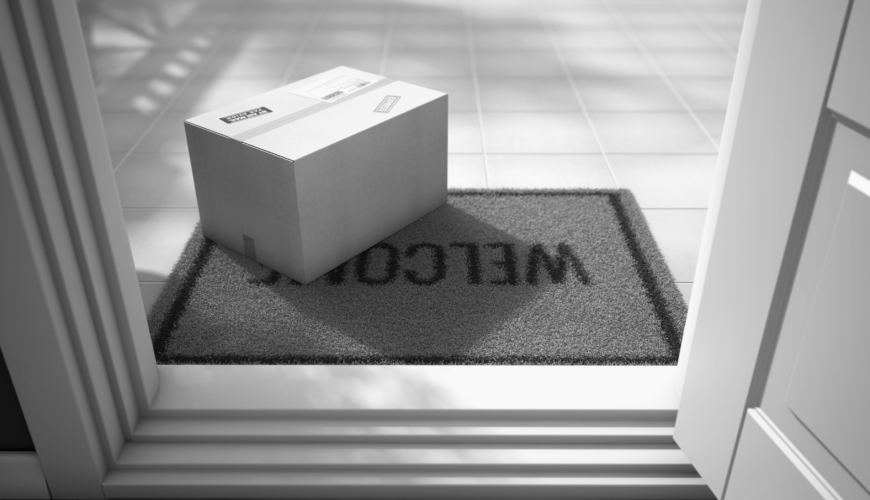Last-mile delivery is now a key area of focus for many supply chain managers. Ecommerce was already surging prior to the pandemic, but home delivery—done quickly—accelerated almost overnight when 2020 rolled around. While some customers have returned to their pre-pandemic brick-and-mortar shopping habits, many, many others are still shopping online almost exclusively. And even when they’re not, the expectation that packages arrive next- and same-day is here to stay, especially with younger generations.
This has made last-mile delivery a key area of focus for many supply chain managers. In the race to win and keep customers, ecommerce companies are finding new and creative ways to get those packages onto doorsteps around the country. One of the latest strategies comes from Amazon, the company that started it all. Often, where Amazon goes, others follow.
Amazon’s New Approach to Last-Mile Delivery
Amazon just announced the launch of its latest approach to last-mile delivery. The company is calling its plan “Amazon Hub Delivery, and is rolling it out in 23 states, including 20 major cities around the country. The concept: recruiting small businesses to deliver its packages. Types of companies on Amazon’s target include coffee shops, florists, clothing stores and other retailers. The idea is that these new partners will deliver an average of 30 packages a day, seven days a week, with the exception of major holidays. Amazon delivery partners will drop the packages in secure storage areas at each of the local businesses, a requirement to participate in the program.
The original concept for Amazon’s hub delivery launched in India back in 2015, and the company has expanded it to Japan and Spain. In 2020, Amazon began test piloting the idea in rural parts of the United States. Amazon’s goal is to partner with 2,500 small businesses by the end of this year. What’s in it for the partners? New revenue streams, one’s that might help retailers who otherwise might need to shutter their storefronts before long. Given Amazon’s reach and strength, it’s not impossible to think that many small businesses will line up to take part in the program.
Meeting last-mile delivery demands has many companies scrambling and innovating, not just big ecommerce giants. Other companies are beginning to invest in their fleets to offer local delivery services to customers, hiring local drivers to accomplish the task. This allows retailers to control their costs and the delivery experience for their customers. Take clothing retailer American Eagle, for instance. It created Quiet Platforms, its own logistics company, and is currently growing its fulfillment center network to get closer to customers.
There’s also been a rise in urban warehousing, something many retailers left behind years ago. Companies are beginning to open spaces in city centers, reducing the distance between their products and their customers. Both the end customer and the retailer benefit—the customer with faster delivery windows, and the retailer with better access to a labor pool. All of these creative solutions are rounded out by new delivery tools, such as autonomous vehicles and potentially sometime soon, tested and vetted drones. Successful supply chain management is increasingly dependent on successful last-mile delivery.
Looking to improve your last-mile delivery?, chat with OPSdesign today!


